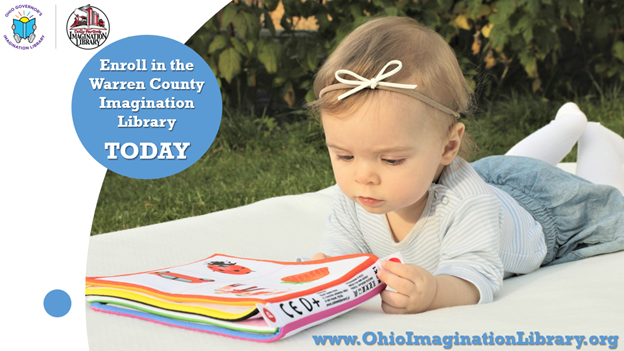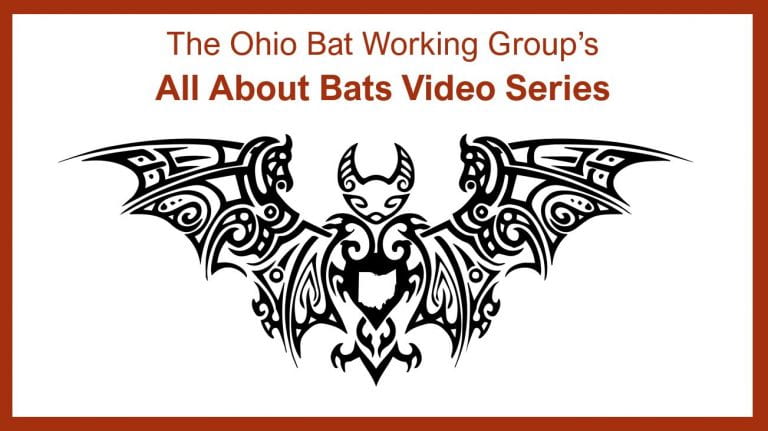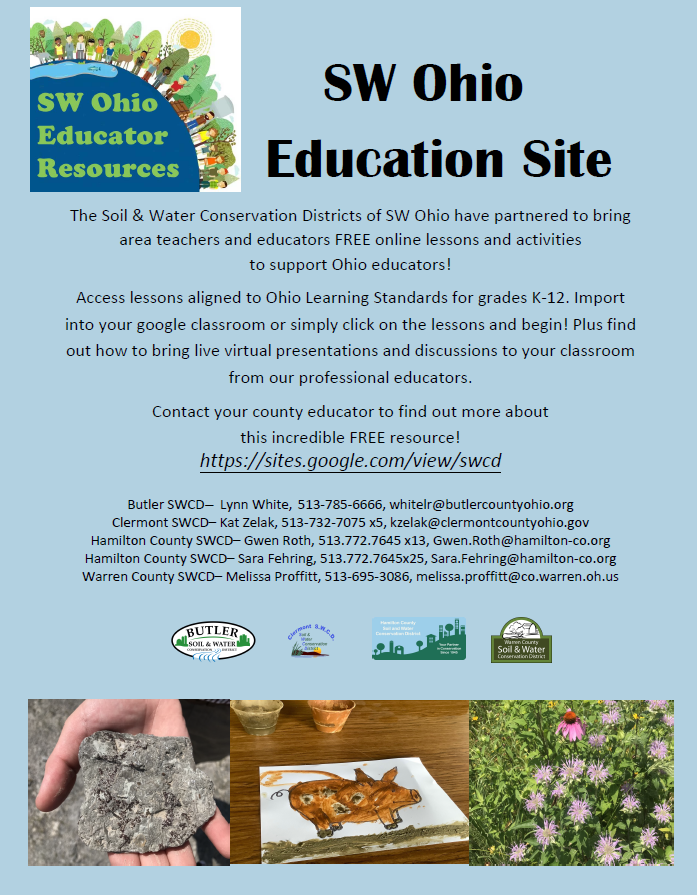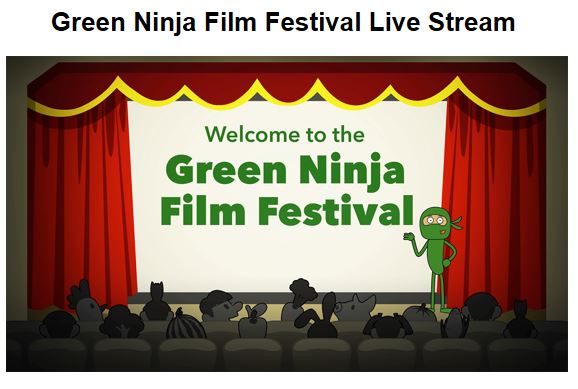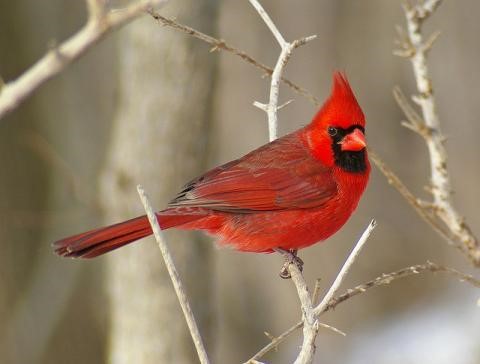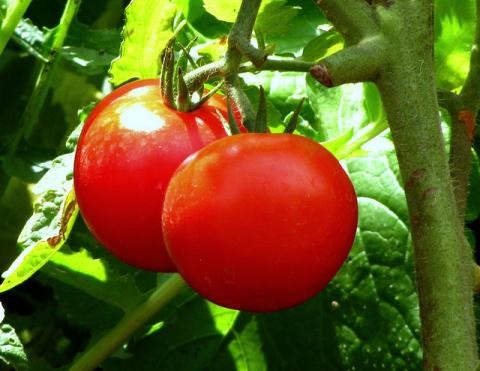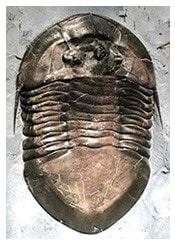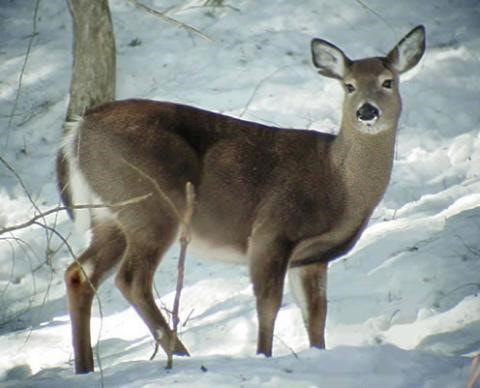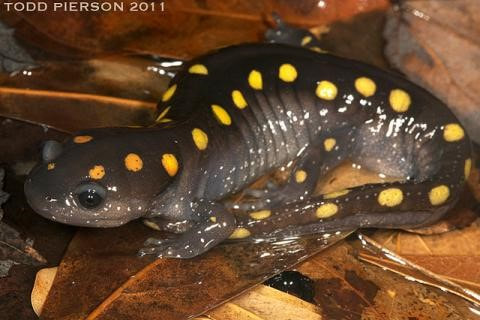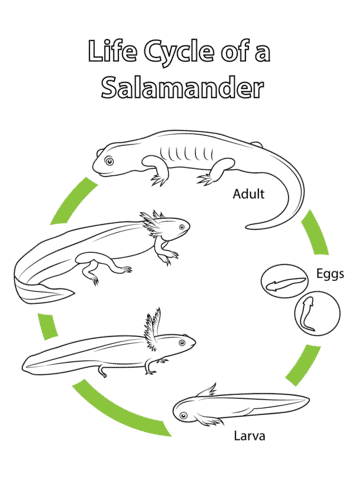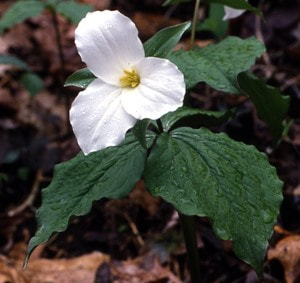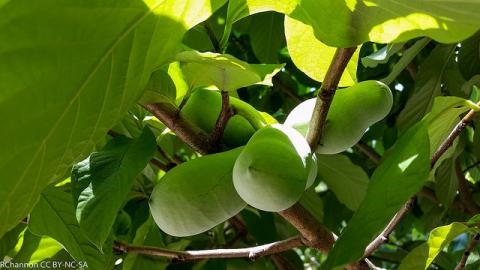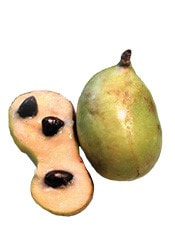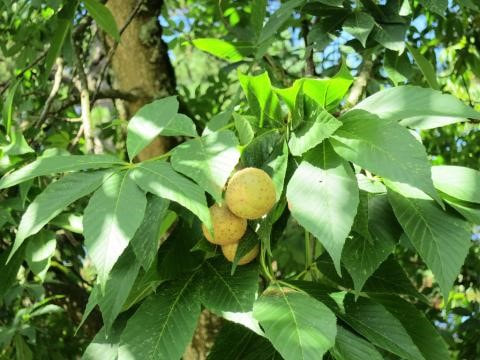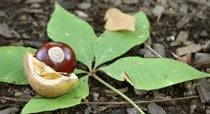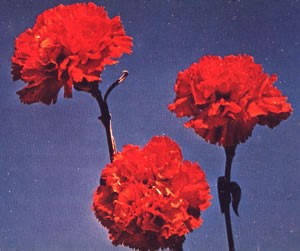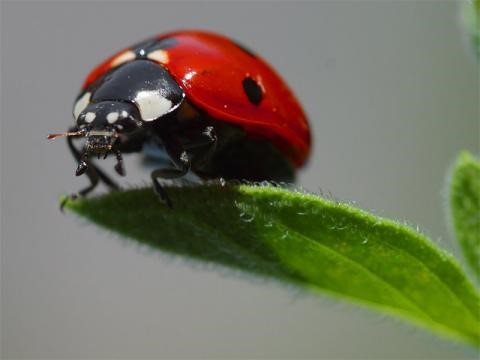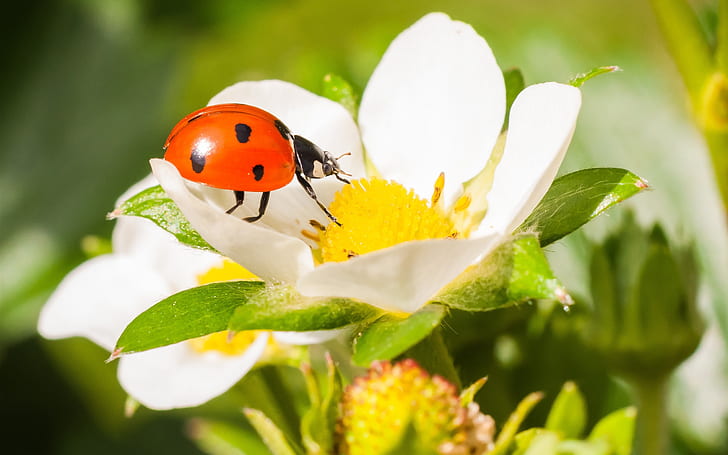|
Calling all pre-K readers in training (and their care givers!). The Warren County Imagination Library has a goal to deliver free books to all children from birth to age five across Warren County. The theme of this program is “Every Child Reads Every Day.” Staff at Warren County SWCD can personally attest to the wonders this program has brought some of our own children!
"As of October 5, 2020, there are more than 5,900 children registered for the program in Warren County which is 44.7 percent of the eligible population. More than 45,000 books are projected to be mailed free to the registered children for 2020. This generational change started in early November 2019, when Commissioner Shannon Jones convened a group of Warren County leaders at the Warren County Foundation to learn about the Ohio Governor’s Imagination Library. Within a few weeks, the five library districts decided to fund a three-year pilot program. The Warren County Literacy Fund has been established for this purpose." Children can be registered at www.ohioimaginationlibrary.org/enroll. The founding partners include: Franklin-Springboro Public Library, Lebanon Public Library, Mary L. Cook Public Library, Mason Public Library, Salem Township Public Library, United Way of Warren County, and Warren County Foundation. Other partners are joining every day. For more information, direct questions or inquiries to: Warren County Imagination Library (Warren County Foundation), 118 East Main St., Lebanon, OH 45036 – 513-254-1001 or e-mail: info@warrencountyfoundation.org.
1 Comment
Did you know that we have wild turkeys right here in Ohio? While they have many things in common with their domestic cousins, they also have some unique wild traits! Learn some fun facts about wild turkeys from what they eat to how they communicate; and what the heck is a dust bath?? Watch this fun, short video to find out! With over twelve different calls, the Wild Turkey is no stranger to good communication. From the gobble to the cluck, the sounds of the Wild Turkey let you know exactly what they are doing. Some of the most common turkey calls include: • Tree Call – This call is typically made from the roost in a tree first thing in the morning. • Gobble – This call is made primarily by male turkeys in the spring to attract female turkeys for mating. • Putt – This is a short, one-syllabled alarm call. When used in a series, it indicates that the turkey has seen or heard danger. • Cluck – This call is usually in a series of short, soft notes. It is used to get the attention of another turkey. • Purr – A soft, rolling call, the purr is often made by content turkeys mainly when they are feeding. • Assembly Call – This call is usually made by the adult hen when calling her young poults. Want to make your own turkey call? Grab a small plastic cup (K-pod cups or small play-dough containers work great!) and some string and follow these easy instructions!
In 2019, Ohio government recognized National Bat Week. National Bat Week is every year from October 24th – October 31st. National Bat Week is an annual, international celebration of the role of bats in nature and raise awareness about the need for bat conservation. Visit the National Bat Week’s website at www.batweek.org for more information on bats and how to take action not matter where you are. Ohio Bat Week Video Series: Ohio Bat Working Group members have created a series of videos for Bat Week and beyond! These videos were created to address a variety of topics related to bats in Ohio with the intent to aid educators in preparing and delivering bat programs. Check out these videos which include videos from Warren County SWCD Education & Communications Specialist, Melissa! Educators, did you get a chance to check out the virtual Greater Cincinnati Environmental Educators Expo this year? If not, take a sneak peek at the session presented by our Education Specialist, Melissa! She presents on the various program options teachers can do with worm observations, and is joined by Clermont SWCD educator to discuss the new SW Ohio Education Site. Check out the segment from the conference below! (This conference is usually hosted by the Cincinnati Zoo, so enjoy an animal encounter during the first 15 minutes of the video or jump to the 15 minute mark to begin the lesson presentation!) 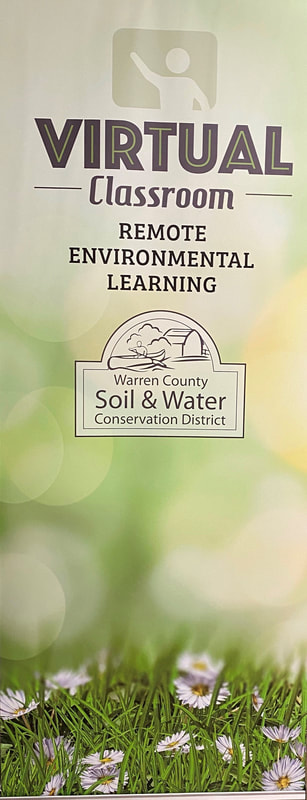 As schools prepare for the 2020/2021 school year, more districts are relying on remote learning to deliver educational content during the global pandemic. Here at Warren County SWCD, we remain committed to aiding fellow teachers and educators in providing environmental education. We are offering many virtual options for programming as well as providing electronic resources for educators. These options can be explored through our new Virtual Classroom page on our website! We are also working in collaboration with other Southwest Ohio educators to develop a one stop website with multiple online lessons, activities, and videos. We will continually update and add education resources so stay tuned! 2020 has seen a significant increase in remote learning options and curriculum due to the coronavirus pandemic. Great collaborations and partnerships in the education world are creating amazing online learning opportunities. Project WILD from the Association of Fish and Wildlife Agencies is no exception! For the new WILD about Remote Learning Page the organization states, "As universities, colleges, and schools move learning online in the wake of the coronavirus spread and COVID-19, many educators are interested in how to conduct WILD activities remotely. See below for ideas and resources to guide students through WILD activities at their own location. If you have additional ideas or resources, feel free to send them our way at projectwild@fishwildlife.org. Stay WILD and healthy!" Here at Warren County SWCD our education staff has created some video lesson content to support some of these online Project WILD activities! As schools transition to remote learning for the rest of the school year, Green Ninja has a great end-of-the-year project to help students apply the science they've learned in a fun and rewarding way. Students can create science-themed films about environmental solutions and submit their work to the Green Ninja Film Festival. Teachers can use our story and filmmaking lessons to prepare students to make their films and to improve students' communication skills. The Film Festival will be judged by scientists and artists and the winning films will be screened at our virtual event.
What is it? The Green Ninja Film Festival (GNFF) encourages young adults to create films about environmental solutions. The program started as a research study in 2013 supported by NSF to increase student agency in science through filmmaking and storytelling. After seeing positive results in the community, teachers requested a film festival every year since then. This year, we are opening the festival up to anyone affected by COVID-19 as this would provide a great end-of-the school year experience! Entry into the film festival requires a short film accompanied by a digital portfolio that includes justification of the underlying science in the film as well as audience analysis. Judges will select the winners based on the film and digital portfolio. These elements help provide focus on school-based science while also giving students the full freedom to use their imagination to design the types of films they think will be impactful to their audience. Who can participate? Everyone! All teachers and parents are welcome to have their students submit their own films to the festival. Having students create their own environmentally themed films is a great project that can be completed at home. We have mainly focused in middle and high schools, but we welcome elementary student films as well! What resources do you provide? For teachers and parents who want to use our lessons, you may access them here. We've curated 5 lessons from our Grade 6 unit on Scientific Storytelling that include the following:
Submission Requirements To submit to the Green Ninja Film Festival, please submit your materials to contact@greenninja.org.
Where: Comfort of your own home Attire: Formal pajamas Links to the live online event will be sent to finalists and provided on the blog post here. Thank you so much for participating in this year's Green Ninja Film Festival! We're excited to see what students create! While we have shared some native plants that serve as Ohio Symbols, there are still more! You probably already know some of them, even if you don’t realize it. Has anyone ever called you a “Buckeye”? That term is a reference to the State Tree of Ohio, the buckeye tree featured in our last blog. Let’s take a look at a few more of our state’s symbols!
3/31/2020 April is Ohio Native Plant Month! The white Trillium, and other Ohio State Symbols, that Are Also Native Plants!Read NowStarting in kindergarten, Ohio students begin learning about the importance of national and state symbols. Here in Ohio, we have many state symbols of significance. From the Ohio state wildflower the White Trillium to the state native fruit the Pawpaw, here are some fun facts about Ohio state symbols that are also valuable native plants!
|
Details
Author:
|
||||||||||||||||||||||||||||||||
|
|
Contact:PHONE: (513) 695 - 1337
EMAIL: wcswcd@gmail.com HOURS: Monday - Friday 7:30am - 4:00pm (except holidays) Connect:Warren County Soil & Water Conservation District Copyright © 2016
Warren SWCD Privacy Notice. Emails are serviced by Constant Contact. Constant Contact's Privacy Notice. |
